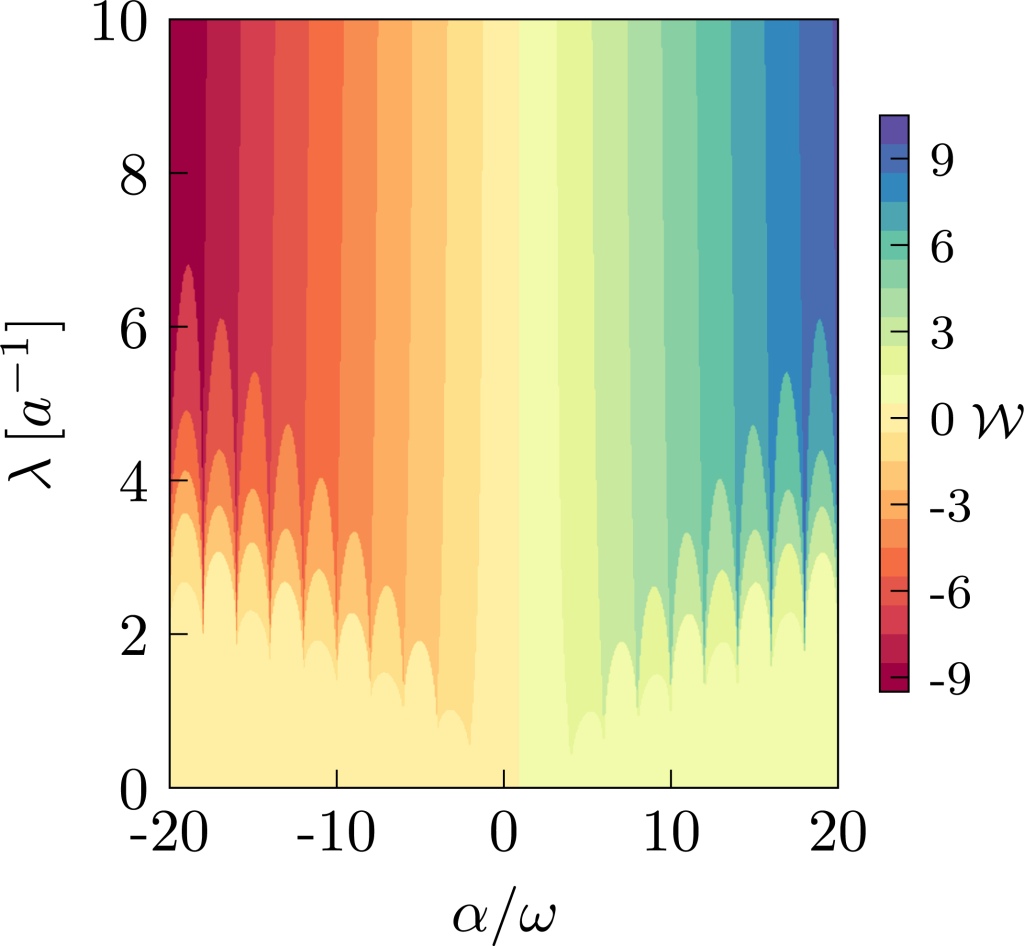On March 17th, one of our Ph.D. students, Beatriz Pérez González, will defend her thesis entitled: Topological Systems Interacting with Classical and Quantum Light.
Abstract
In the field of quantum materials, there is an ubiquitous quest for different strategies to control and manipulate their properties. Along this direction, driving materials out of equilibrium with a time-periodic modulation has proven to be an efficient tool for realizing unconventional configurations as transient states, or even novel out-of-equilibrium phases. In these systems, known as Floquet materials, the electronic degrees of freedom are dressed by the interaction with the electric field, which can be exploited to engineer the electronic, dynamical and topological properties of materials. In solid-state platforms, such fields can be implemented by shining classical light, i.e., a high-intensity laser, on the sample.
In recent years, the idea of using quantum light for the same task has gathered considerable attention. In these set-ups, the high-intensity laser can be replaced by individual photons trapped inside a quantum cavity that are made to interact coherently with a quantum material. Although there are crucial differences between both approaches, the strategies of driven systems can guide this new research route, and the resulting hybrid systems have been denominated cavity quantum materials.

The present dissertation explores the interaction of both classical and quantum light with a particular class of quantum materials: topological insulators. The non-trivial topological properties of the bulk, which can be characterized by the value of a topological invariant, are related with the physics at the boundary, and lead to the appearance of topologically protected edge states. From a theoretical point of view, we investigate how the interaction with light can alter the topological features of a system, in two different aspects: first, by modifying the existing phase or by inducing non-trivial features in an otherwise trivial sample, and second, by hindering them. For this, different issues have to be addressed: are there any broken symmetries in the interacting system? What is the fate of the edge states in a finite system? Are they topologically protected? Is the topological invariant well-defined? From these questions it becomes clear that complete characterization of topological phases requires studying both the boundary and the bulk physics.
